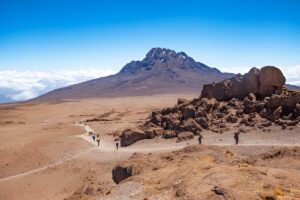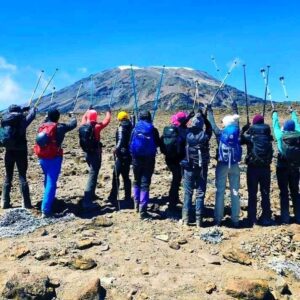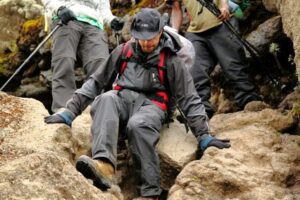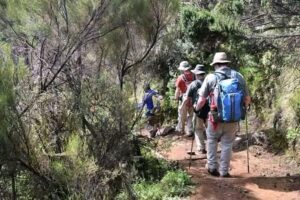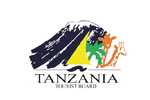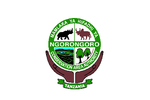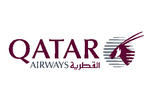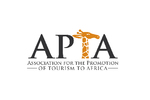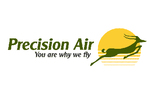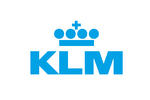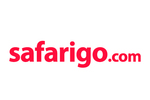7-Day Kilimanjaro Machame Route Trekking
Tanzania Holidays Ideas
- Arusha/Moshi>Mount Kilimanjaro> Moshi/Arusha
- Best time to go : All Year Arround
- 24/7 support
- No Hidden Costs
- Hand Picked Accomodation
This package delivers an unforgettable Kilimanjaro climb via Machame Route, starting with your arrival at Kilimanjaro International Airport. You’ll be warmly greeted and transferred to Springlands Hotel in Moshi, where a delicious meal and a detailed pre-trekking briefing from our expert coordinators will prepare you for the Kilimanjaro climb via Machame Route. The adventure begins with a transfer from Moshi to Machame Camp, guiding you through the vibrant rainforest and ascending to higher altitudes. Each day of the Kilimanjaro climb via Machame Route introduces new landscapes, from the moorlands of Shira Camp to the rugged terrain near Lava Tower and Barranco Camp. Our dedicated team ensures your comfort and safety, allowing ample time for acclimatization and enjoyment of Kilimanjaro’s breathtaking scenery.
The pinnacle of the Kilimanjaro climb via Machame Route is the ascent to Uhuru Peak, Africa’s highest point, where the exhilaration of summiting awaits. Following this triumph, the descent takes you back through Kilimanjaro’s diverse ecosystems, concluding with a relaxing stay at Springlands Hotel. For those eager to extend their journey, options include a thrilling Tanzanian safari or a serene escape to Zanzibar’s beaches. This Kilimanjaro climb via Machame Route package is crafted to blend the physical challenge of the climb with opportunities to relax and explore Tanzania’s natural wonders, ensuring a memorable and well-rounded adventure.
What's Included
- Accommodations- Mentioned on Itinerary
- Meals & Beverages
- Scheduled Activities
- Transport Logistics -Mentioned on Itinerary
- Applicable Fees and Levies
What's Not Included
- Flights -International and local flights to and from.
- Gratuities and Tips
- Comprehensive Travel Insurance
- Personal Items
- Items not mentioned under Inclusions
Day 1
Transfer from Kilimanjaro Airport to Moshi Town
After arriving at Kilimanjaro International Airport, you’ll be warmly welcomed by the trekking team and transferred by vehicle (approximately 1 hour) to Springlands Hotel in Moshi (~900m). At the hotel, you’ll enjoy a delicious meal and attend a pre-trekking briefing from experienced coordinators to prepare for the Kilimanjaro climb via Machame Route. You can relax, explore the vibrant town of Moshi, and enjoy views of Mount Kilimanjaro (weather permitting). In the evening, rest early to recharge for the trek ahead.
- Day Activities.
- Transfer From Jro Airport
- Stunning views of Mount Kilimanjaro from the airport
- Vibrant local markets and street life in Moshi town
- Lush greenery and coffee plantations en route
- Enjoy a delicious welcome meal at the hotel.
- Cultural glimpses of Chagga communities near Moshi
- Attend a pre-trekking briefing for the Kilimanjaro climb via Machame Route.
- Overnight & Meal Plan
- Sal Salinero Hotel
- Depend on your arrival
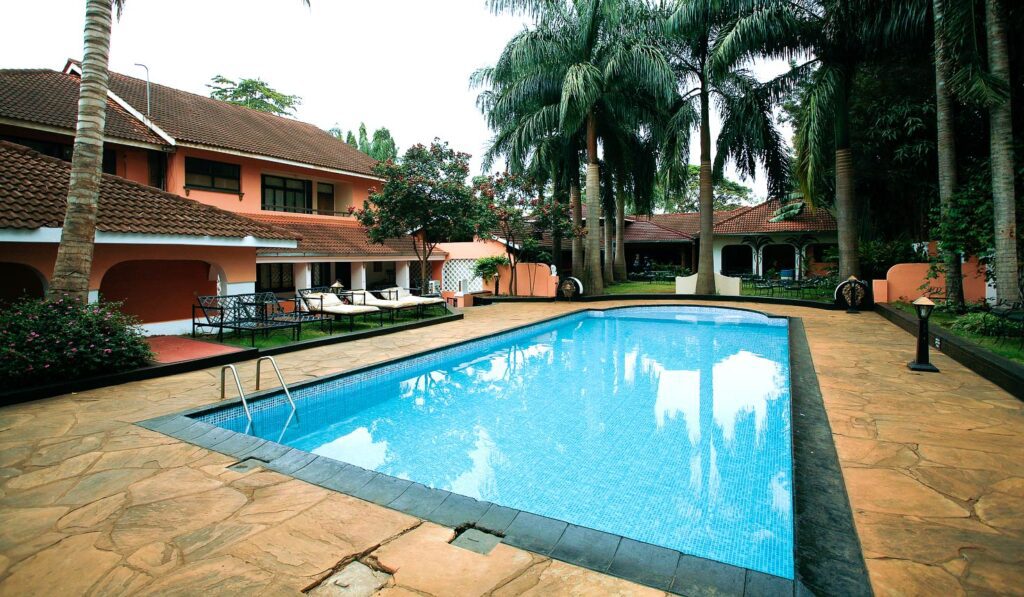
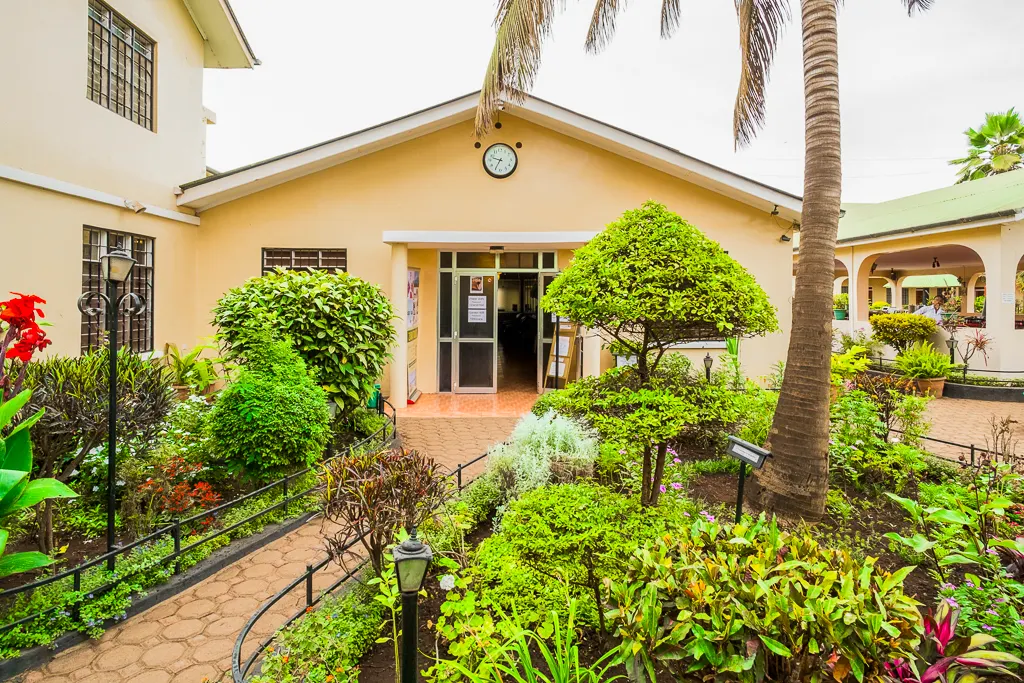
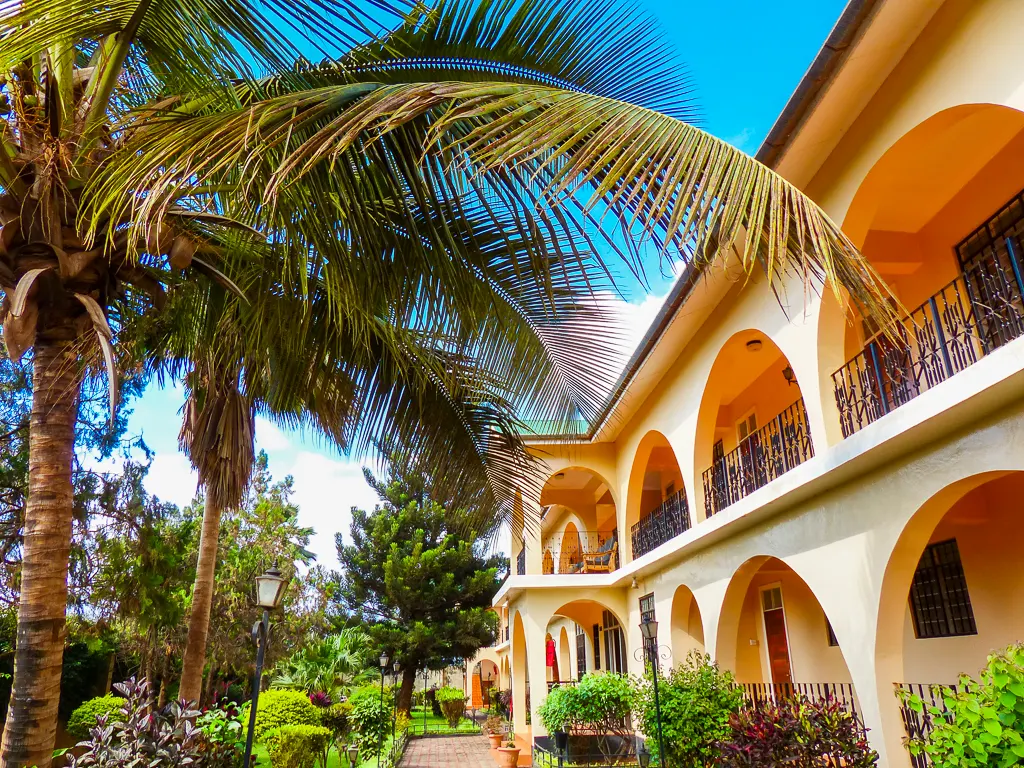
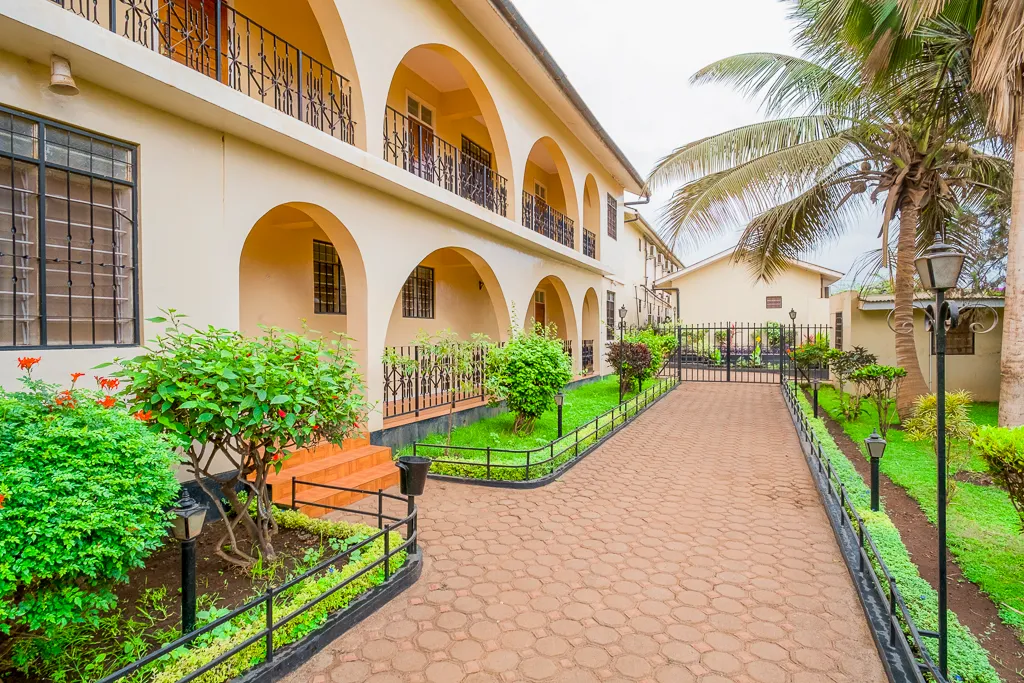
Day 2
Moshi to Machame Gate to Machame Camp
After breakfast and a guide briefing at Springlands Hotel, you’ll travel 1 hour by vehicle to Machame Gate (1,800m). At Machame Gate, you’ll register before embarking on a 5-7 hour trek through lush rainforest trails to Machame Camp (3,000m) for the Kilimanjaro climb via Machame Route. Upon arrival, porters will set up tents, and the chef will prepare lunch. After eating, you can relax until dinner. In the evening, your guide will brief you on the next day’s trek.
Altitude: 900 m (Moshi) – 1,800 m (Machame Gate) – 3,000 m
Hiking distance: 11 km
Hiking time: 5-7 hours
- Day Activities.
- Attend a briefing from your guide
- Transfer by vehicle (~40 km, 1 hour) to Machame Gate.
- Complete registration formalities at Machame Gate.
- Trek 11 km through rainforest, spotting flora and possibly colobus monkeys.
- Rest and acclimatize in the forest surroundings.
- Overnight & Meal Plan
- Machame Camp
- Dinner
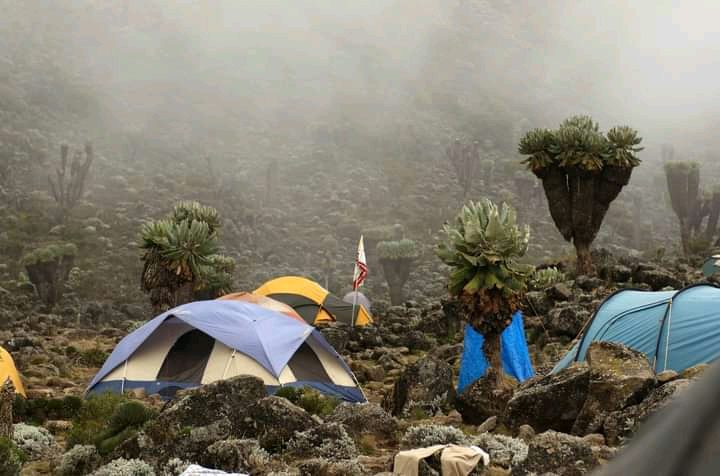
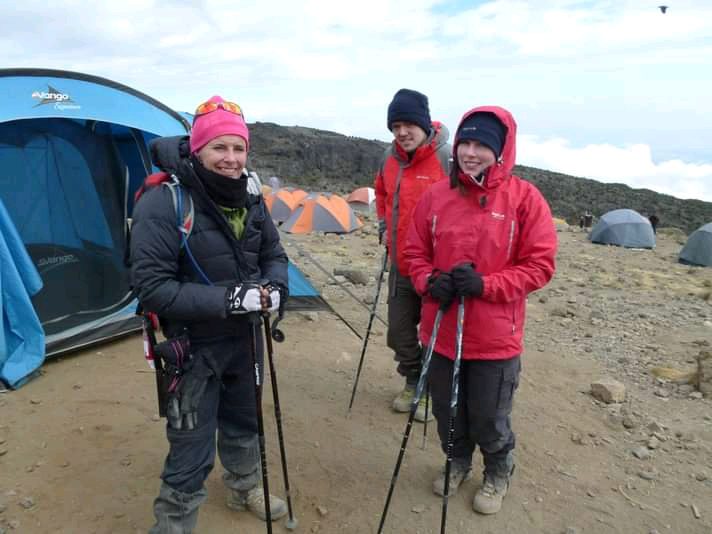
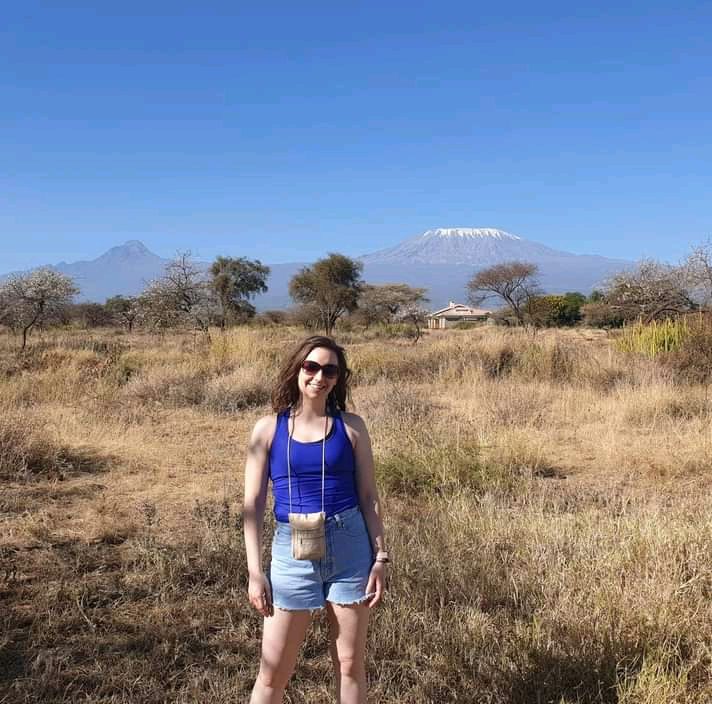
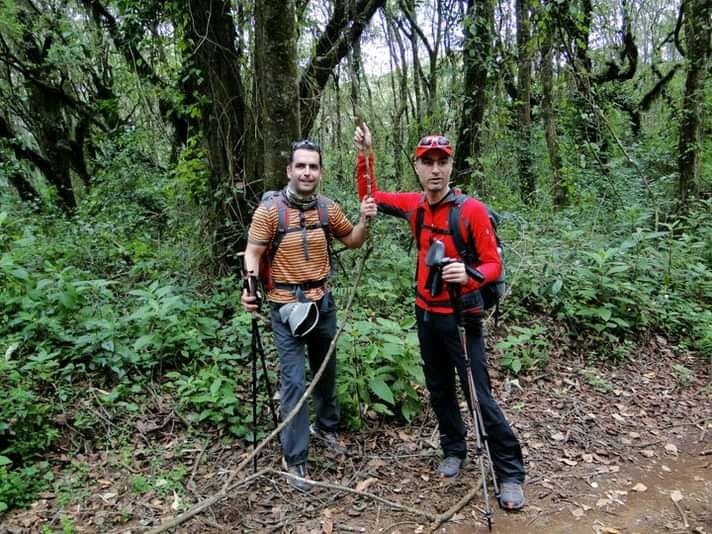
Day 3
Machame Camp to Shira 2 Camp
After breakfast and a guide briefing at Machame Camp, you’ll embark on a 4-6 hour trek through the rainforest and into the moorland zone to Shira 2 Camp (3,850m) for the Kilimanjaro climb via Machame Route. The trail offers stunning views of the Shira Plateau. Upon arrival, porters will set up tents, and the chef will prepare lunch. After eating, you can relax until dinner. In the evening, your guide will brief you on the next day’s trek.
Altitude: 3,000 m – 3,850 m
Hiking distance: 5 km
Hiking time: 4-6 hours
- Day Activities.
- Enjoy a hearty breakfast at Machame Camp.
- Trek 5 km through rainforest and moorland to Shira 2 Camp.
- Admire views of the Shira Plateau and Kilimanjaro’s slopes.
- Arrive at Shira 2 Camp and relax as porters set up tents.
- Savor a freshly prepared lunch by the chef.
- Attend an evening briefing for the next day’s trek.
- Rest and acclimatize, enjoying the open plateau views.
- Overnight & Meal Plan
- Shira 2 Camp
- Dinner

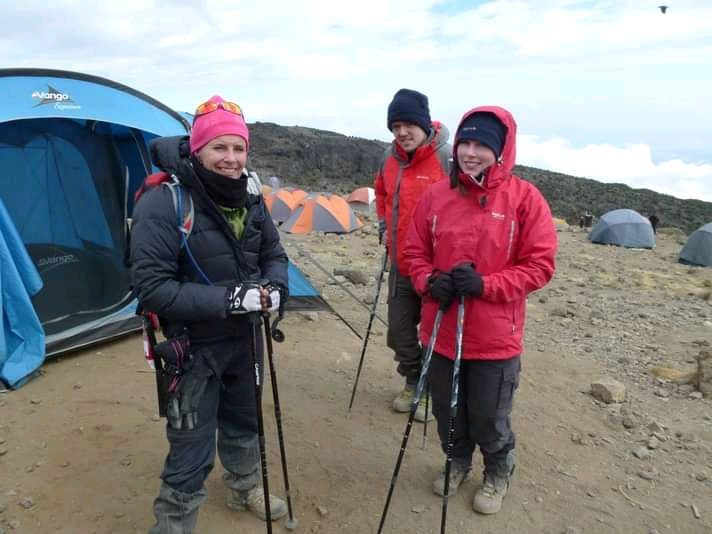
Day 4
Shira 2 Camp to Barranco Camp via Lava Tower
After breakfast and a guide briefing at Shira 2 Camp, you’ll trek 6-8 hours through the alpine desert zone to Lava Tower (4,600m) for acclimatization, then descend to Barranco Camp (3,900m) during the Kilimanjaro climb via Machame Route. The trail offers dramatic views of Kilimanjaro and the Barranco Valley. Upon arrival, porters will set up tents, and the chef will prepare lunch. After eating, you can relax until dinner. In the evening, your guide will brief you on the next day’s trek.
Altitude: 3,850 m – 4,600 m (Lava Tower) – 3,900 m
Hiking distance: 10 km
Hiking time: 6-8 hours
- Day Activities.
- Enjoy a hearty breakfast at Shira 2 Camp.
- Trek 10 km to Lava Tower and descend to Barranco Camp.
- Admire panoramic views of Mount Kilimanjaro and the surrounding landscape.
- Experience acclimatization at Lava Tower with stunning mountain views.
- Arrive at Barranco Camp and relax as porters set up tents
- Rest and acclimatize while exploring the scenic surroundings
- Attend an evening briefing with your guide for the next day’s trek.
- Overnight & Meal Plan
- Lava Tower Camp site
- FB - Dinner, Breakfast and Lunch
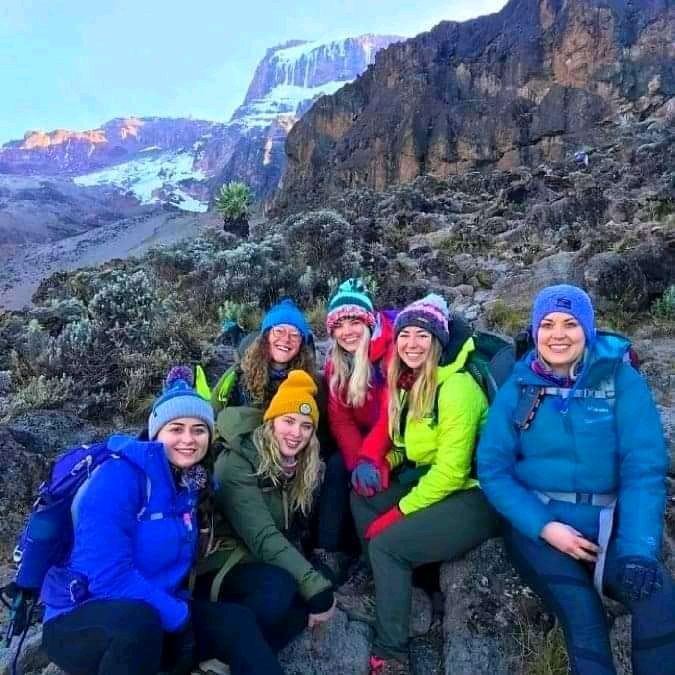
Day 5
Barranco Camp to Karanga Camp
After breakfast and a guide briefing at Barranco Camp, you’ll trek 4-5 hours, starting with a steep climb up the Barranco Wall, a highlight of the Kilimanjaro climb via Machame Route, followed by rolling hills to Karanga Camp (4,000m). Upon arrival, porters will set up tents, and the chef will prepare lunch. After eating, you can relax until dinner. In the evening, your guide will brief you on the next day’s trek.
Altitude: 3,900 m – 4,000 m
Hiking distance: 5 km
Hiking time: 4-5 hours
- Day Activities.
- Enjoy a hearty breakfast at Barranco Camp.
- Trek 5 km, climbing the Barranco Wall and crossing valleys.
- Take in views of Kilimanjaro’s southern glaciers.
- Descend into the scenic Barranco Valley.
- Attend an evening briefing with your guide for the next day’s trek.
- Overnight & Meal Plan
- Karanga Campsite
- Lunch
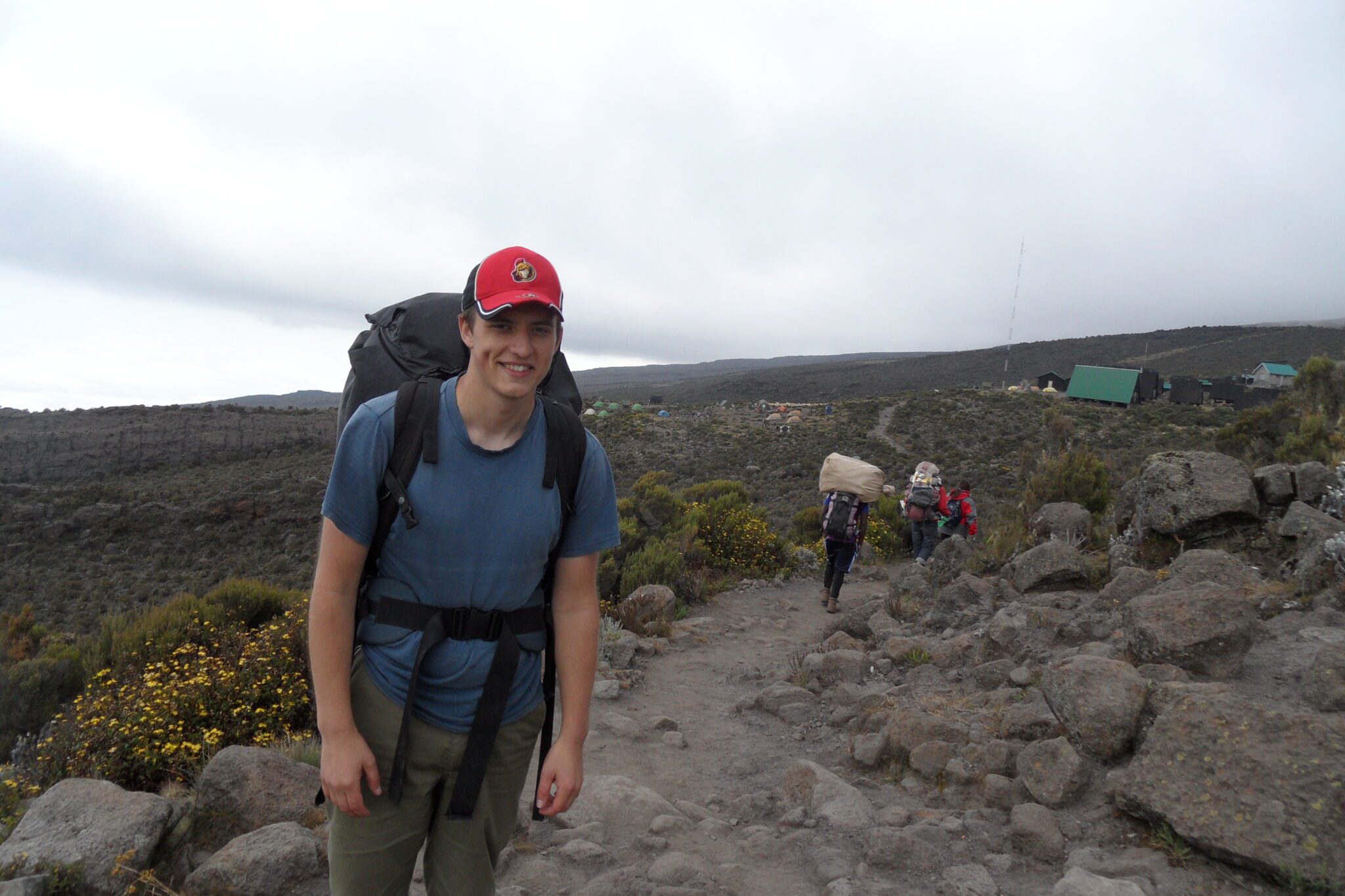
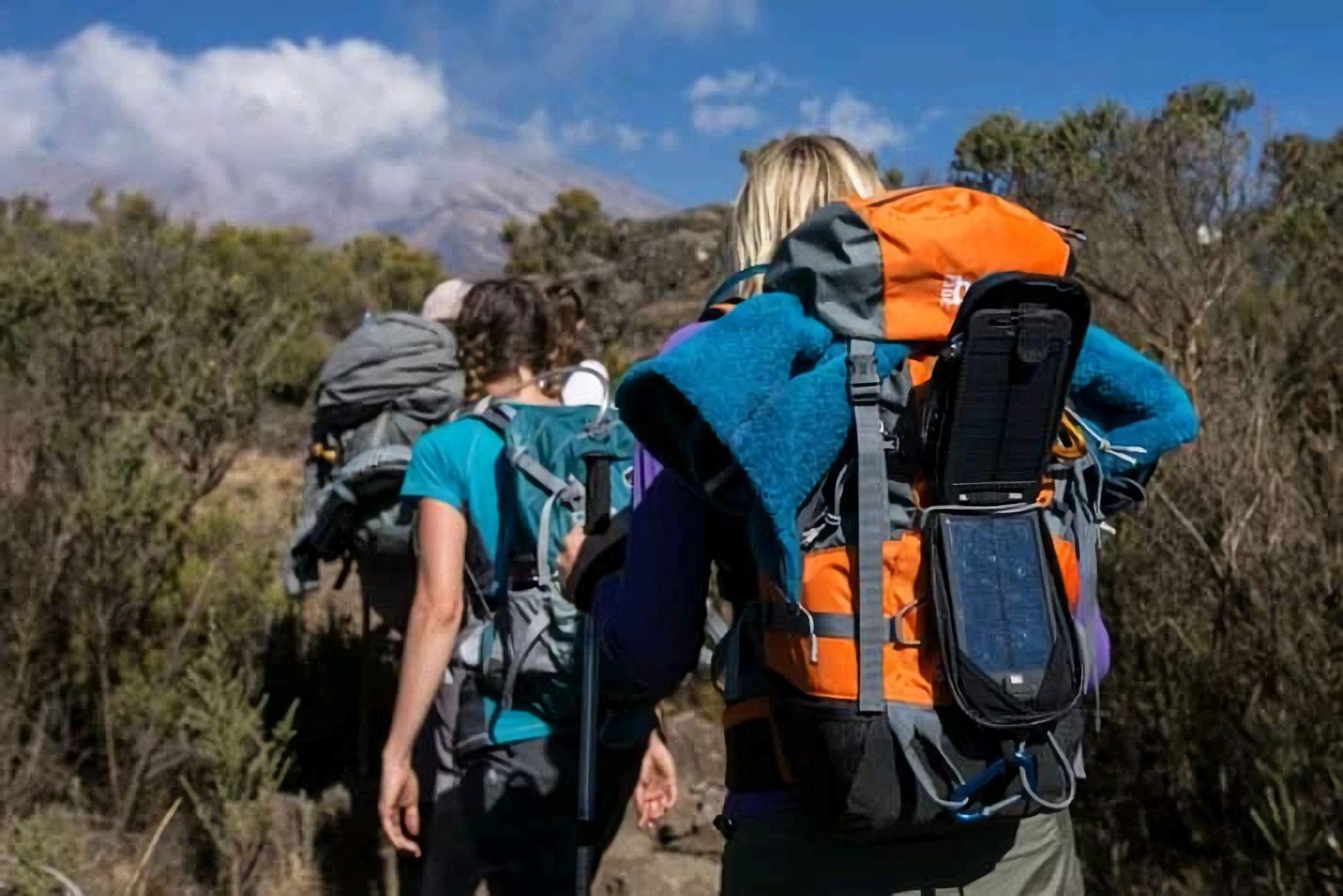
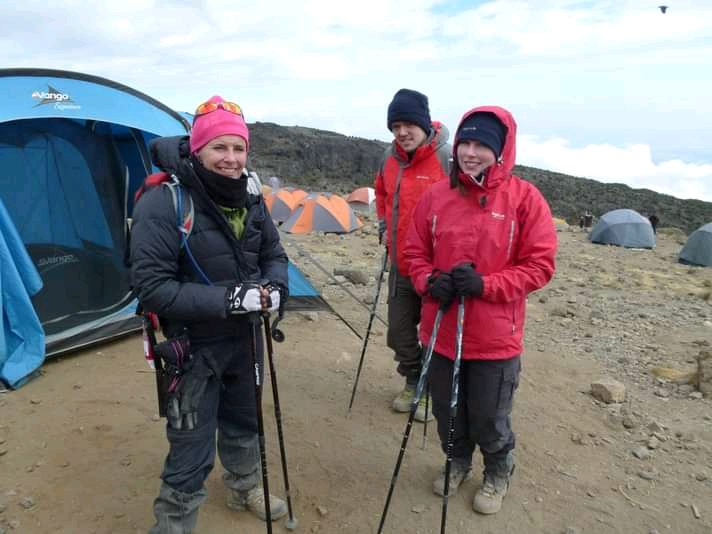
Day 6
Karanga Camp to Barafu Camp
After breakfast and a guide briefing at Karanga Camp, you’ll trek 4-5 hours through the alpine desert to Barafu Camp (4,670m), the base for the summit attempt on the Kilimanjaro climb via Machame Route. Upon arrival, porters will set up tents, and the chef will prepare lunch. After eating, you’ll rest to prepare for the summit push. In the evening, your guide will brief you on the next day’s summit ascent.
Altitude: 4,000 m – 4,670 m
Hiking distance: 4 km
Hiking time: 4-5 hours
- Day Activities.
- Enjoy a hearty breakfast at Karanga Camp.
- Trek 6-7 hours from Barranco Campsite to Barafu Campsite, starting with the Barranco Wall climb.
- Trek 4 km through alpine desert to Barafu Camp.
- Enjoy views of rugged terrain and distant peaks.
- Arrive at Barafu Camp and relax as porters set up tents.
- Traverse the alpine desert zone with rugged terrain.
- Rest and acclimatize for the summit push.
- Attend an evening briefing with your guide for the summit push.
- Overnight & Meal Plan
- Barafu Campsite
- Dinner
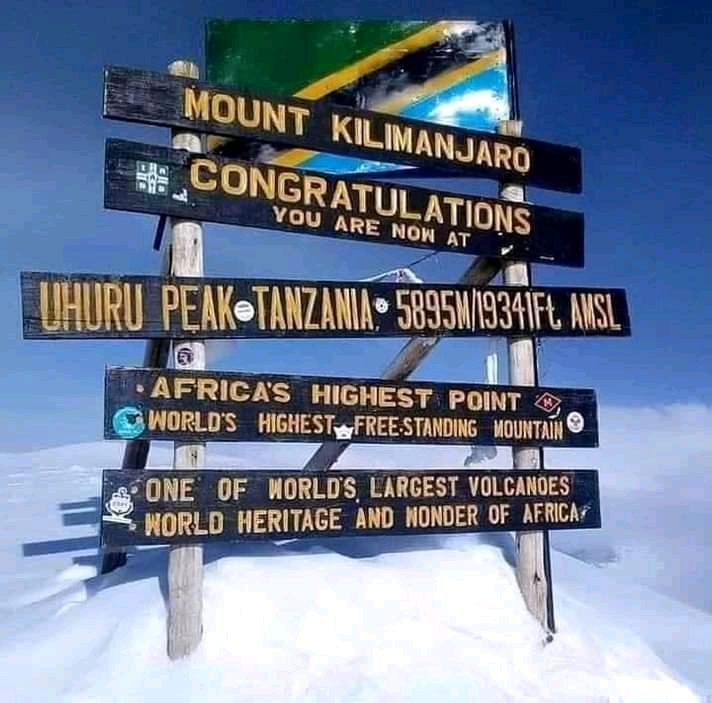
Day 7.
Barafu Camp to Uhuru Peak, Descent to Mweka Gate, and Transfer to Moshi
After a midnight wake-up and light breakfast at Barafu Camp, you’ll trek 6-8 hours to Uhuru Peak (5,895m), the summit of the Kilimanjaro climb via Machame Route. After celebrating at the summit, you’ll descend 2-3 hours to Barafu Camp for a rest and lunch, then continue 3-4 hours to Mweka Gate (1,650m). At the gate, you’ll complete exit formalities and receive your summit certificate (if Uhuru Peak was reached). You’ll then transfer by vehicle (1 hour) to Springlands Hotel in Moshi to relax.
Altitude: 4,670 m – 5,895 m (Uhuru Peak) – 1,650 m (Mweka Gate) – 900 m (Moshi)
Hiking distance: 5 km (ascent), 12 km (descent)
Hiking time: 6-8 hours (ascent), 5-7 hours (descent)
- Day Activities.
- Wake up at midnight for a light breakfast at Barafu Camp.
- Trek 6-8 hours to Uhuru Peak through the arctic zone.
- Celebrate reaching the summit and enjoy sunrise views.
- Descend 2-3 hours to Barafu Camp for rest and lunch.
- Continue descending 3-4 hours to Mweka Gate through moorland and rainforest.
- Complete exit formalities and receive your summit certificate.
- Transfer by vehicle (~40 km, 1 hour) to Springlands Hotel.
- Attend an evening briefing with your guide for the summit push.
- Overnight & Meal Plan
- Hotel Moshi
- Dinner

"Climbing Kilimanjaro via the Lemosho Route was a life-changing adventure! The guides were incredibly knowledgeable, and the porters made every campsite feel like home. The views from the Shira Plateau and the Barranco Wall were breathtaking, and reaching Uhuru Peak at sunrise was unforgettable. The team’s support made all the difference!"
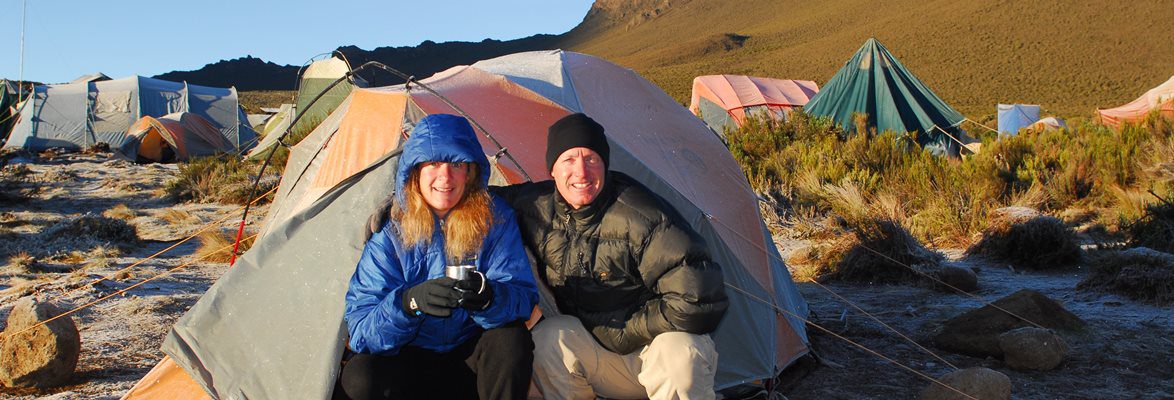
"This trek was beyond my expectations. The Lemosho Route offered stunning landscapes, from lush rainforests to the arctic summit. The daily briefings and delicious meals kept us energized and motivated. Our guide’s expertise and encouragement helped me conquer the summit. Highly recommend this journey!"
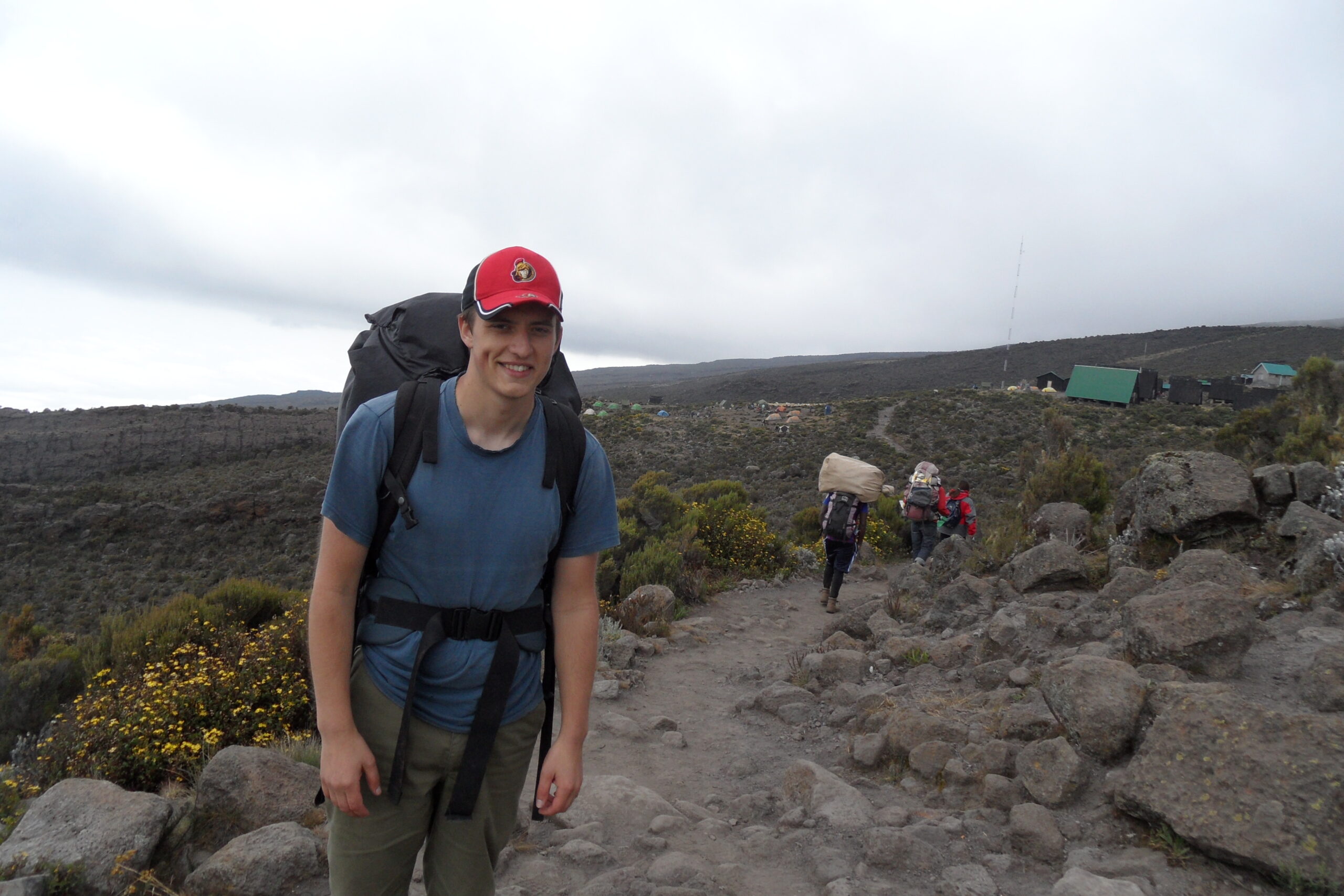
"As a first-time trekker, I was nervous, but the team made the Lemosho Route trek seamless and enjoyable. The gradual ascent helped with acclimatization, and the camaraderie among the group was heartwarming. Standing on Uhuru Peak was a moment of pride I’ll cherish forever!"

"The Lemosho Route is the way to go for Kilimanjaro! The scenery was spectacular, especially at Lava Tower and the summit. The porters and chef went above and beyond, and the organization was flawless. It’s a challenging but rewarding experience I’d do again in a heartbeat!"


